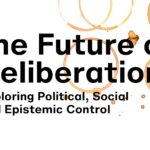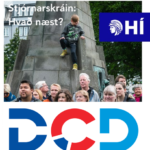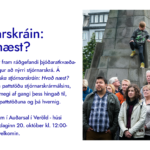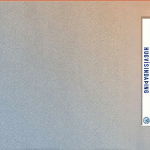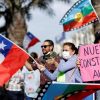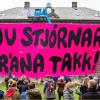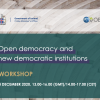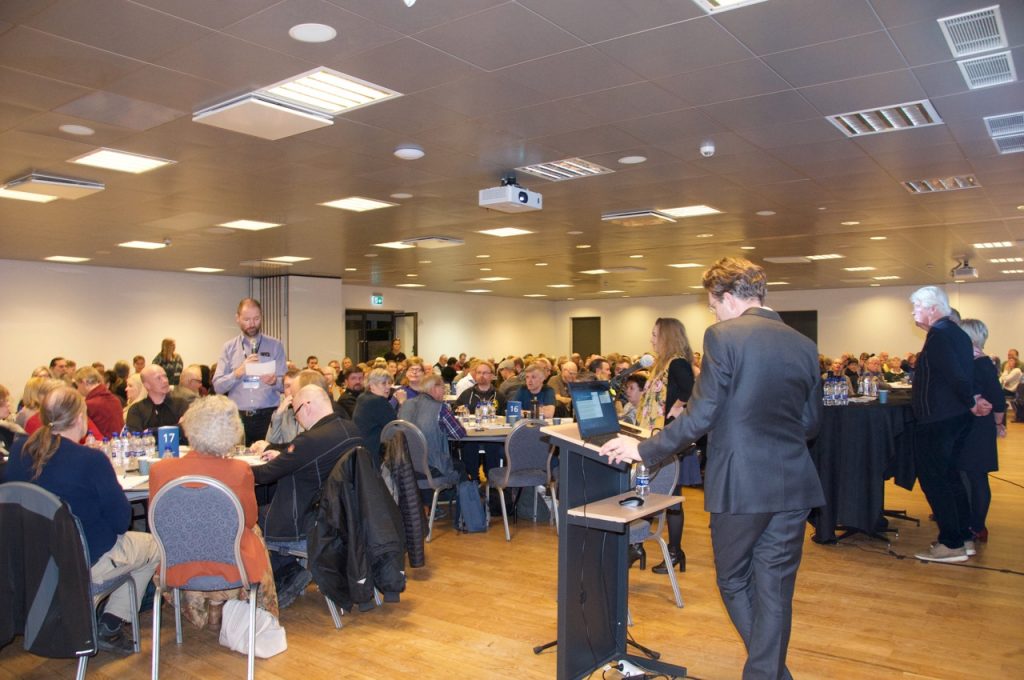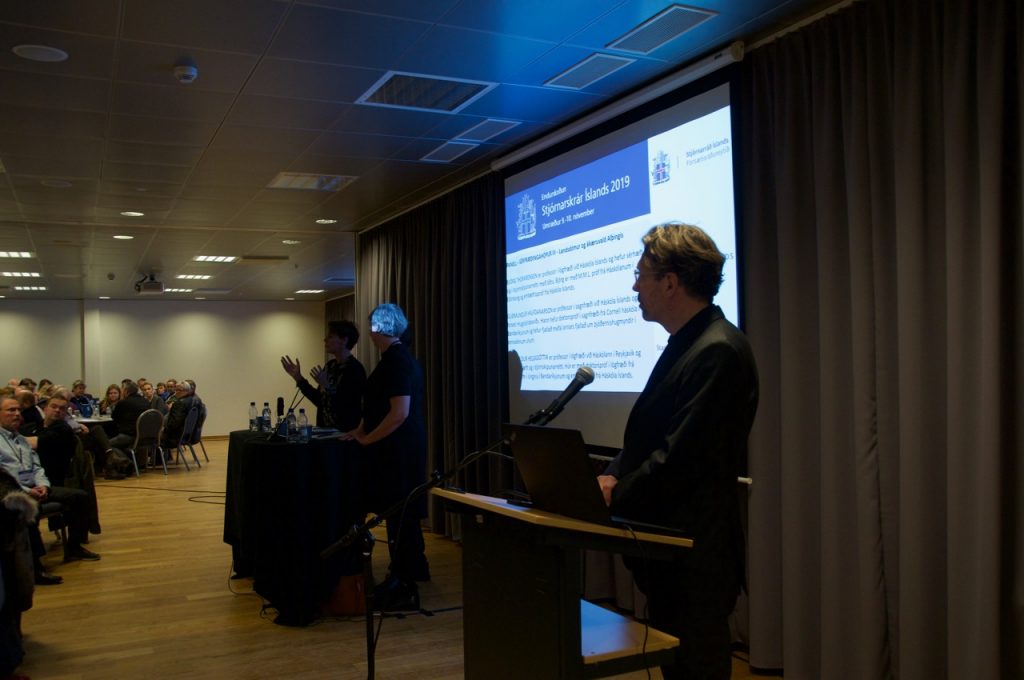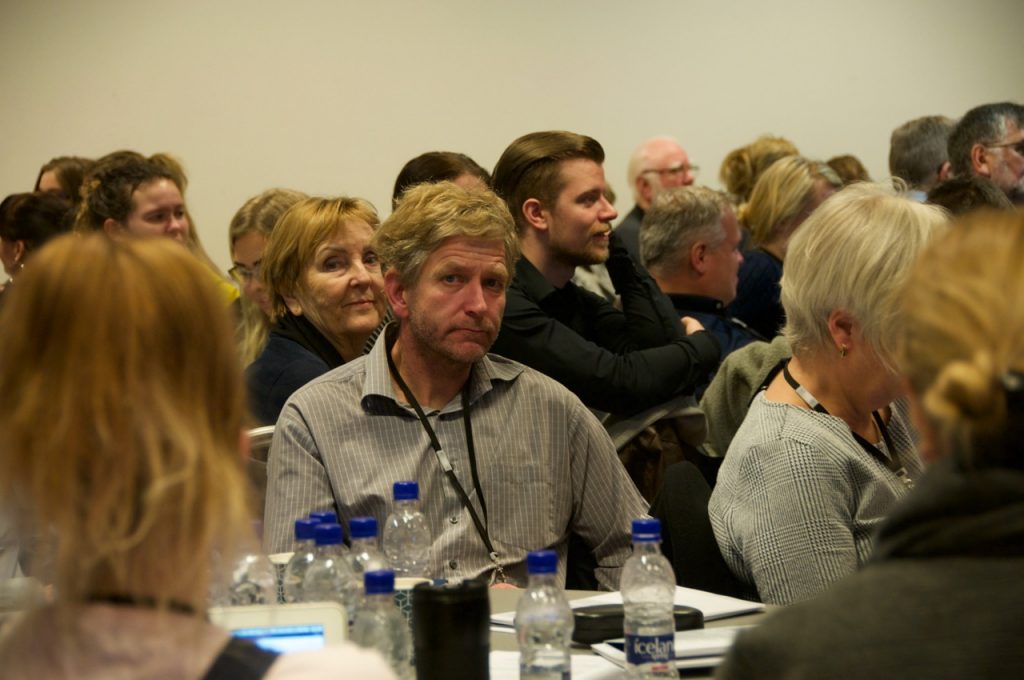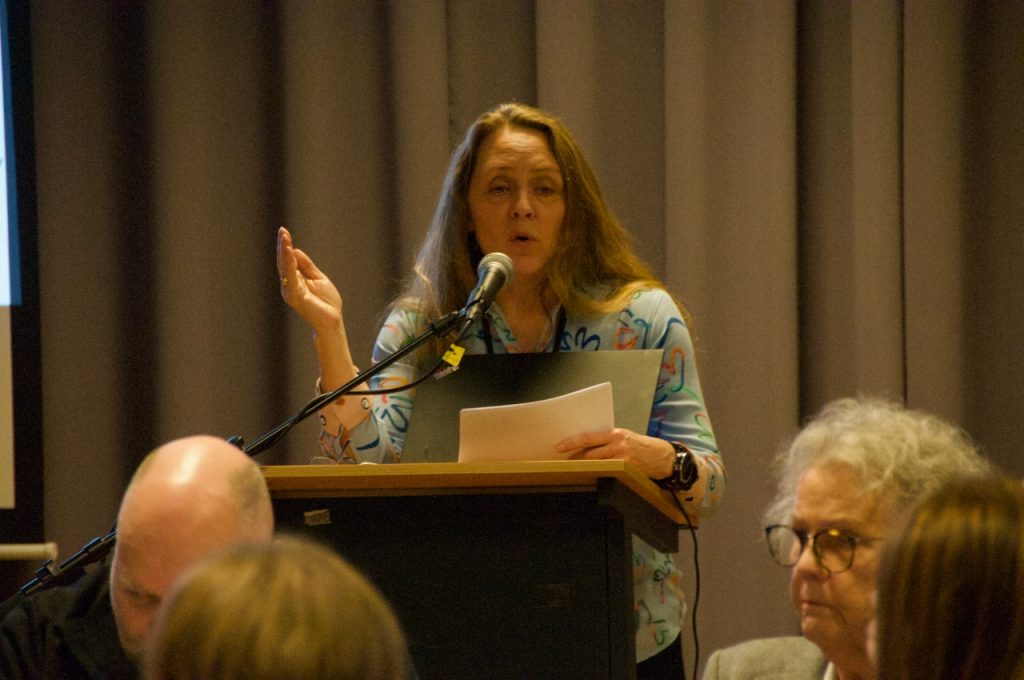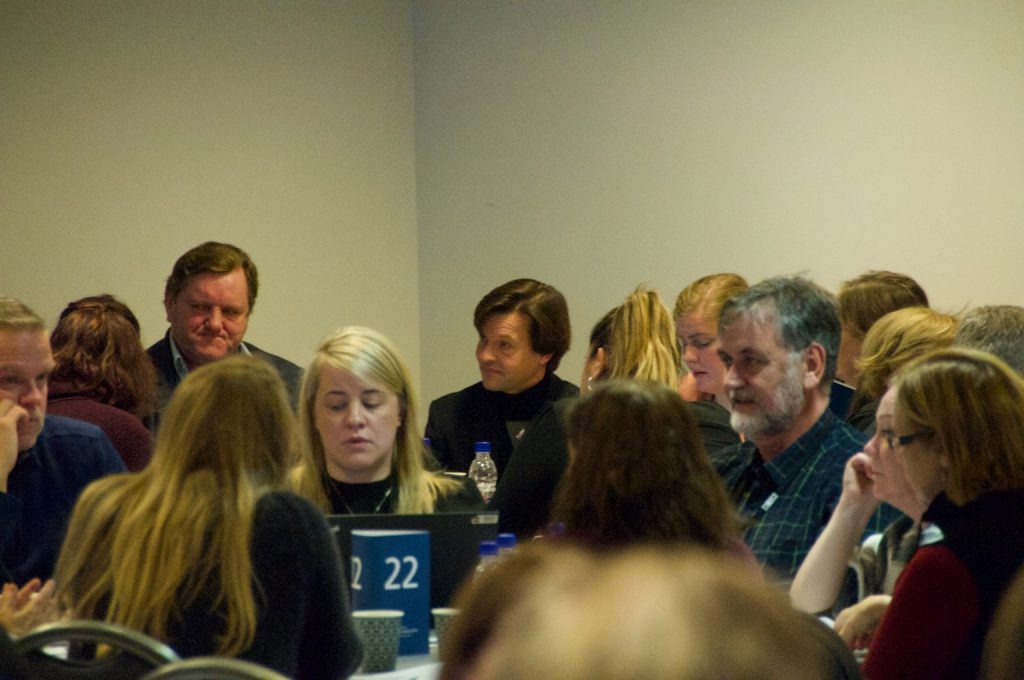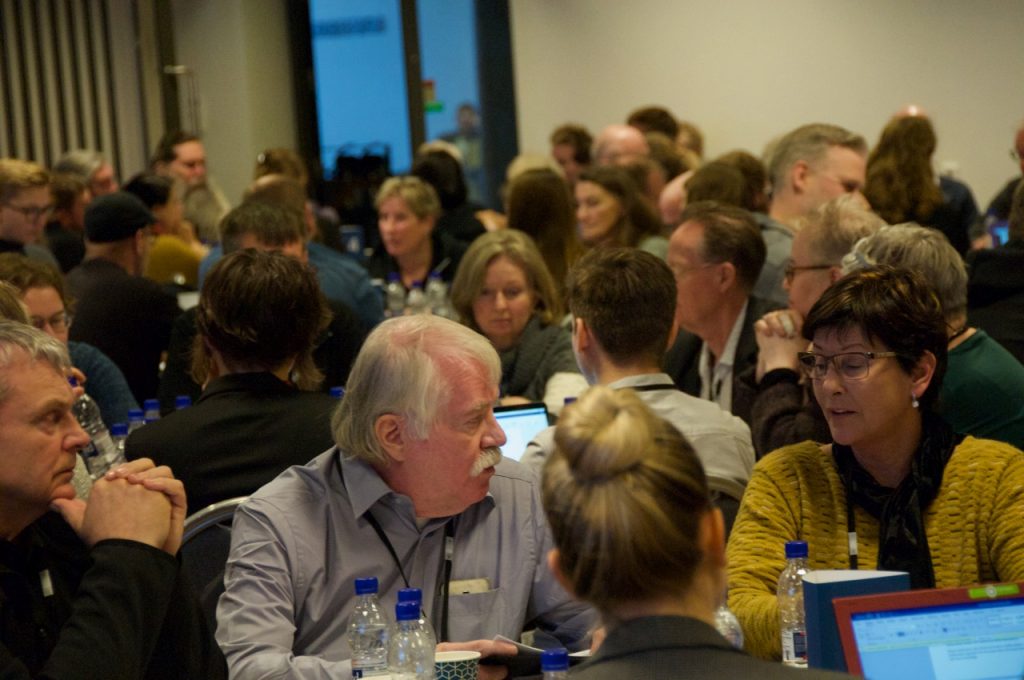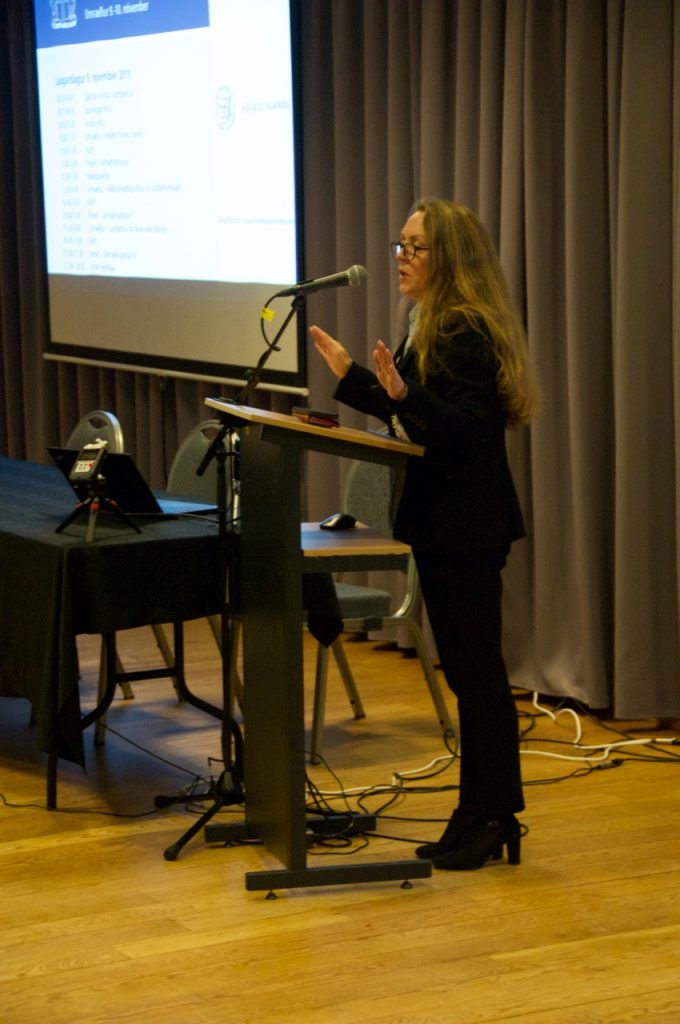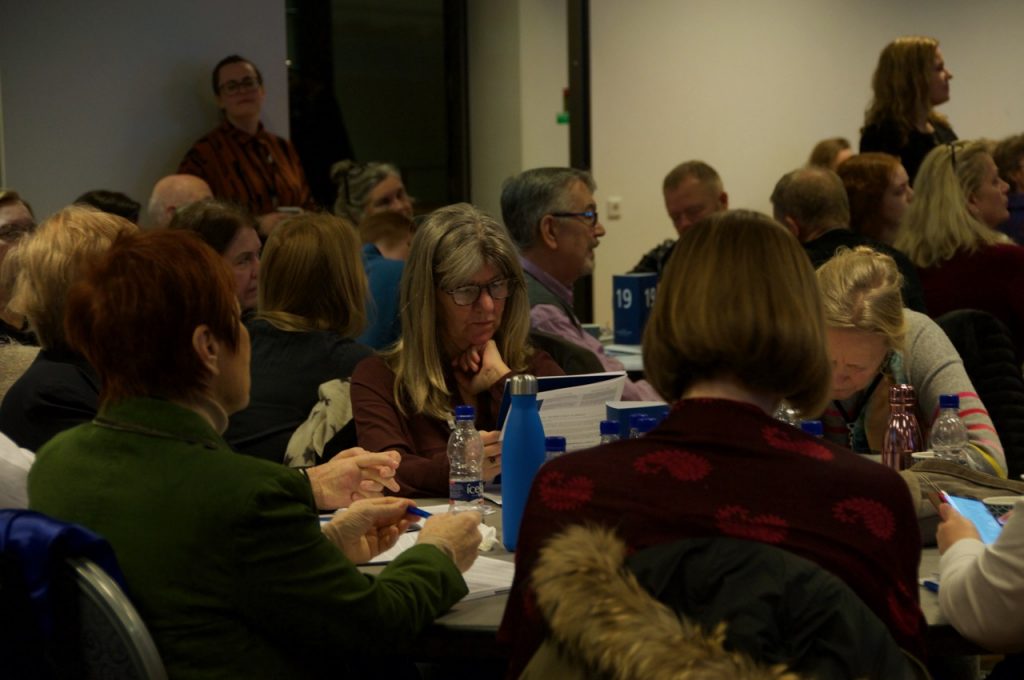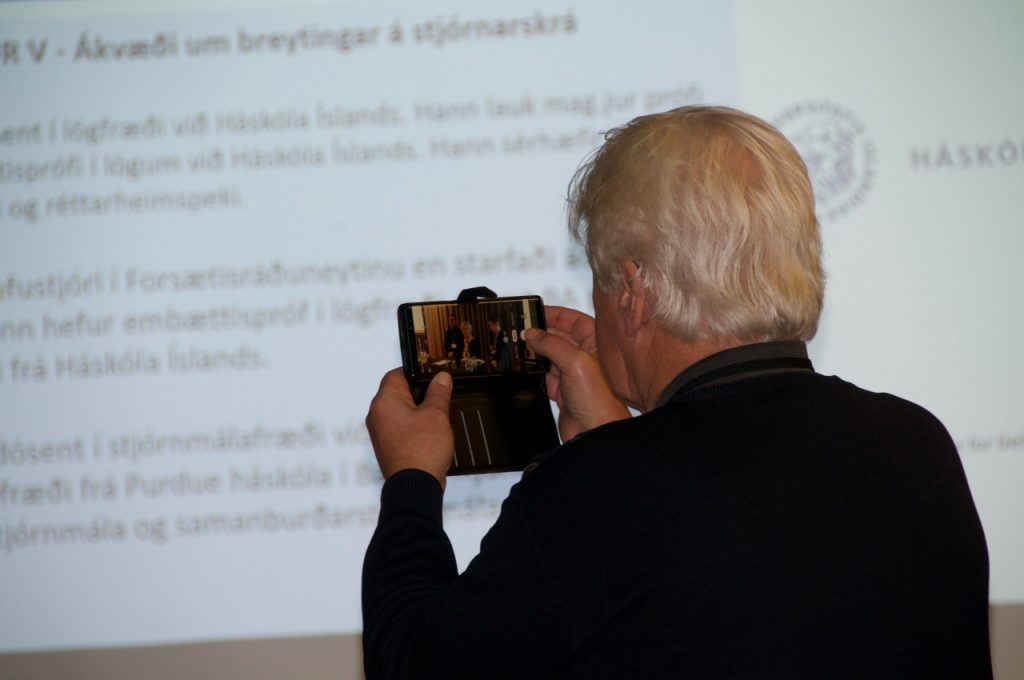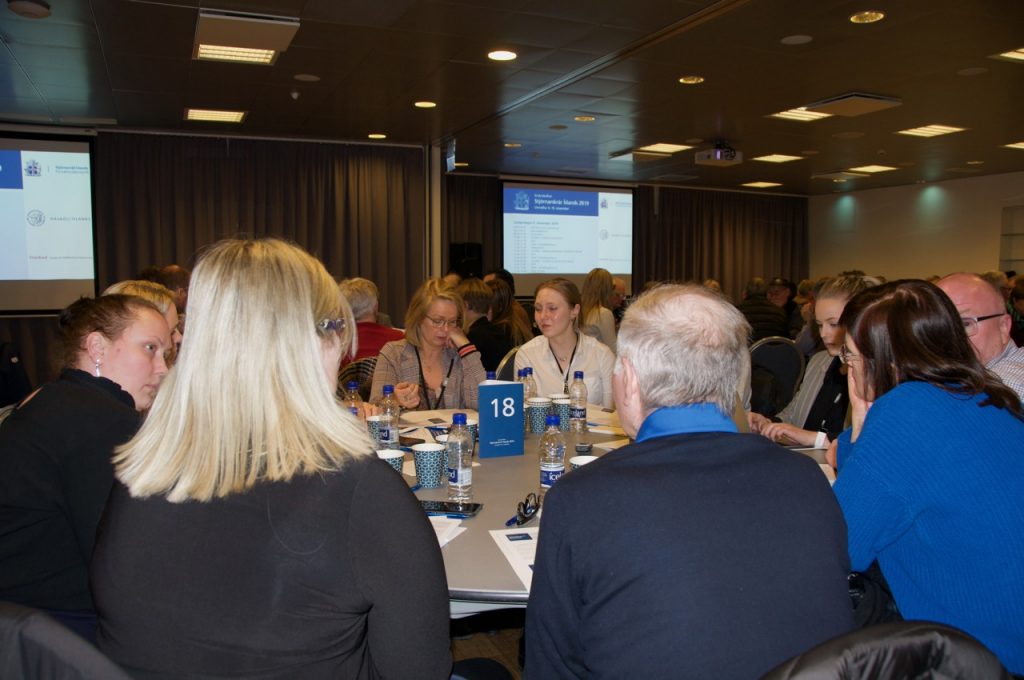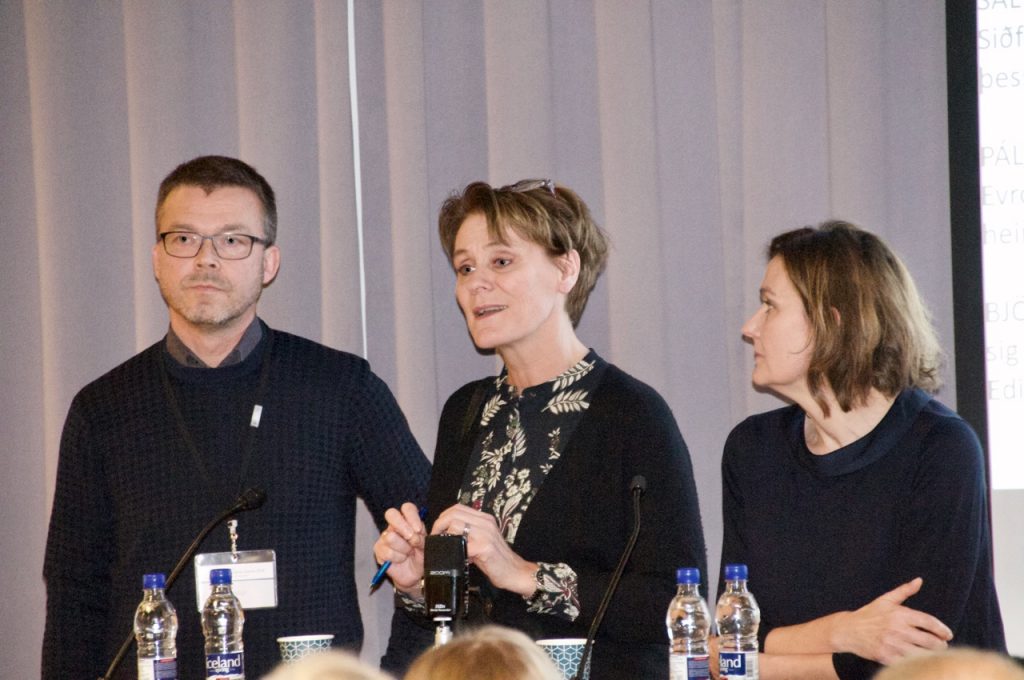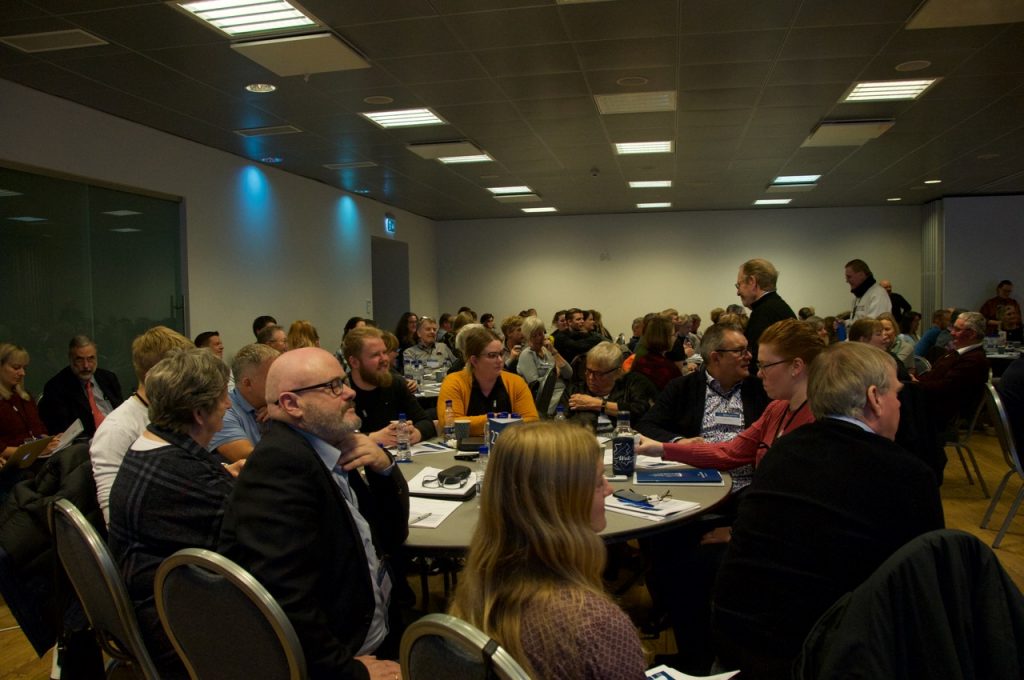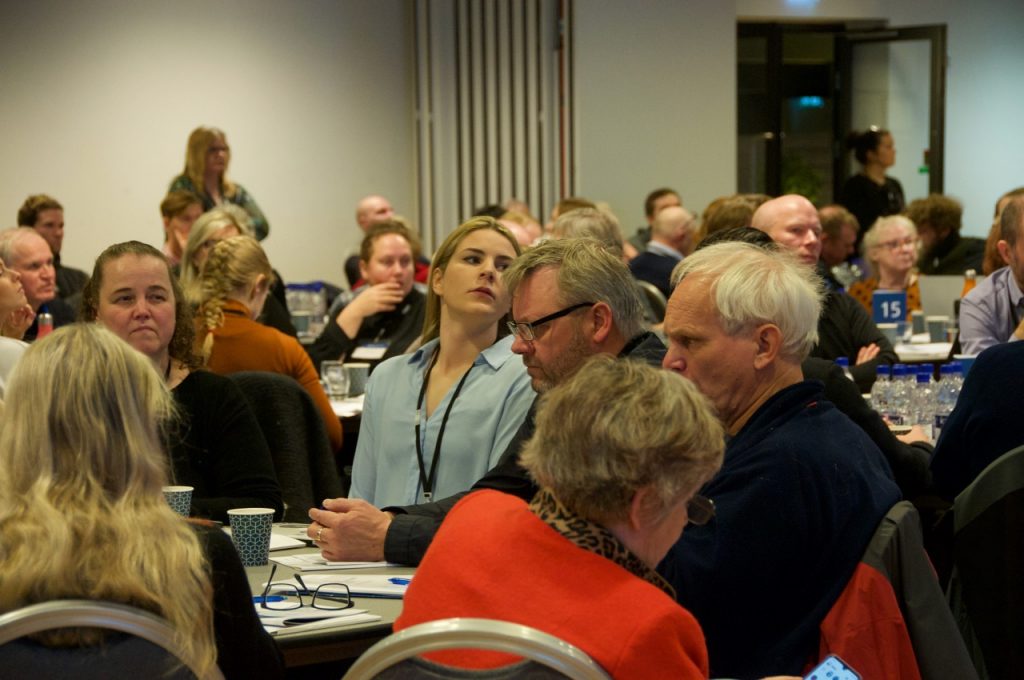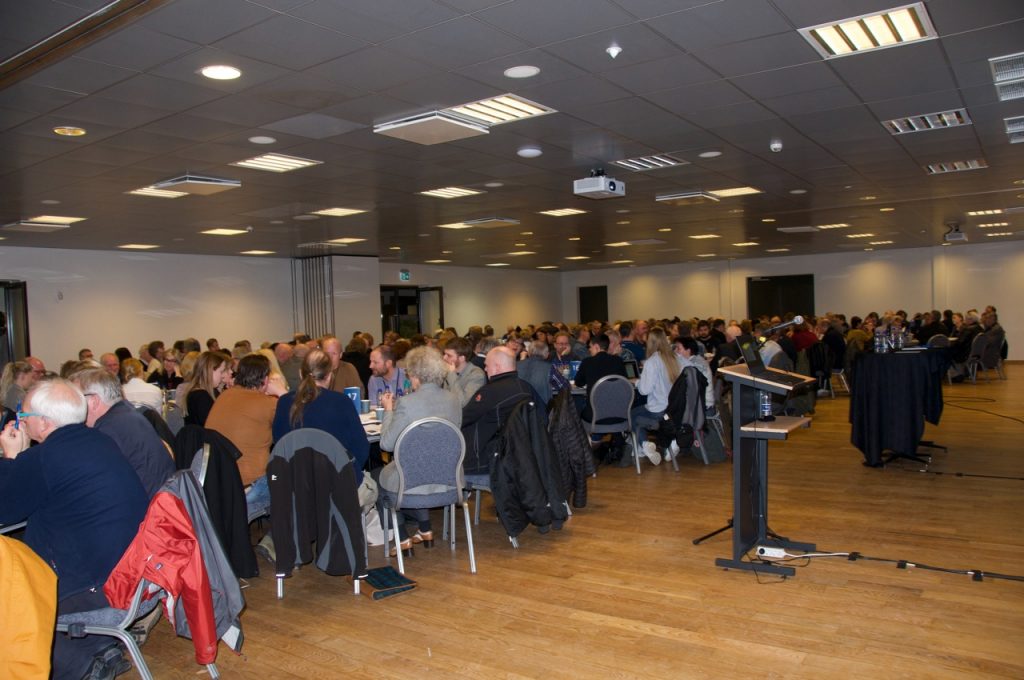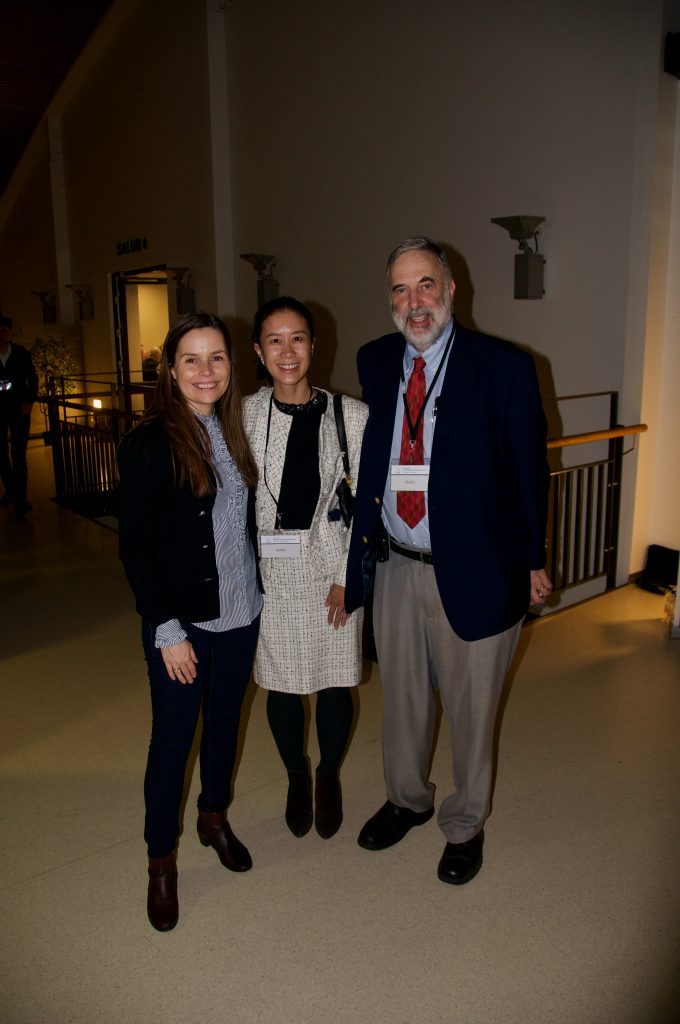| TITLE OF PAPER | Snapshots of a Gendered Hierarchy: Visual Representation in Humanitarian Communication and its Reflection on Perceptions and Practice |
|---|---|
| AUTHORS NAME | Kamila Q. Suchomel |
| AFFILIATION | Anglo-American University |
| UNIVERSITY / INSTITUTE | Anglo-American University |
| kamila.suchomel@gmail.com | |
| ABSTRACT |
Multiple disciplines such as sociology, neuroscience, and the visual politics dimension of international relations point to the productive power of the visual in processes such as identity-formation, the co-constitution of societal knowledge, and the breaking down of barriers both physical and imaginary. Humanitarian thought and action, ranging from the perception and treatment of refugees to a willingness to assist and empathize with a distant Other, is greatly governed by a visual discourse rooted in the perpetuation of a victim paradigm astride a gender divide inadequately representing the needs and agency of those the discourse concerns. An over-utilization of female subjects – women and girls – in visual humanitarian imagery communicated by prominent NGOs as a means of eliciting compassion and empathy through the representation of victimhood points to an unequal sublimation of who may be deserving of an assistive response. This in turn illustrates the positioning of gender equality within the context of the origin of such communication. Rooted in a motivation to critically dissect subliminal factors contributing not only to understandings of gender roles but also to compassionate humanitarian practices, this paper examines the state of gendered hierarchies in the visual communication on social media by Oxfam International and Doctors Without Borders. As a visual discourse analysis following Panofsky’s iconology, the paper traverses through imagery posted by the two NGOs to their Twitter and Instagram accounts over a three-month period in 2018. Findings point to efforts towards a shift in communication away from patriarchal and colonizing portrayals of humanitarian subjects. However, these efforts are overshadowed by an overall lack of gender and contextual variability delineating who can and cannot be a victim and thus elevating gender roles and dichotomies and marginalizing agency across the board. The conclusions point to the importance of considering the role of interpreting and creating everyday visual communication, not only where NGOs are concerned, in the formation and/or perpetuation of gendered hostilities and anxieties along with the securitization of borders and bodies and also giving practices, both physical and compassionate, in the humanitarian and development sense. |
| BIOGRAPHY |
Kamila Q. Suchomel is a communications professional and independent researcher focusing on humanitarian and development communication and media and its connection to relations between and among societies as well as to empowerment and resilience building. Her interdisciplinary work departs from critical perspectives and she pays special attention to the dimension of gender and the productive power of the visual. She holds an MA, magna cum laude, in International Relations from Anglo-American University in Prague and a BA in International Development Studies from Mendel University in Brno. Kamila currently serves as Assistant Editor for the student-led journal Politikon under the International Association for Political Science Students where she was previously a think tank member. |
| CO-AUTHORS |
N/A |
| KEYWORDS | humanitarian imagery, visual discourse, productive power, gendered communication, victim paradigm |
| STREAM | 2. Migration: Sexual and Gendered Displacements |
| COMMENTS |
Dear conference organizers, Please accept my apologies for this late submission. For some reason I had mistakenly written in my calendar that the deadline was at the very end of this month instead of one day prior. Once again, I sincerely apologize and thank you for organizing such a great conference! With best regards, |
| PICTURE | |
| Webpage | |
| https://twitter.com/KamilaSuchomel | |
Home »
